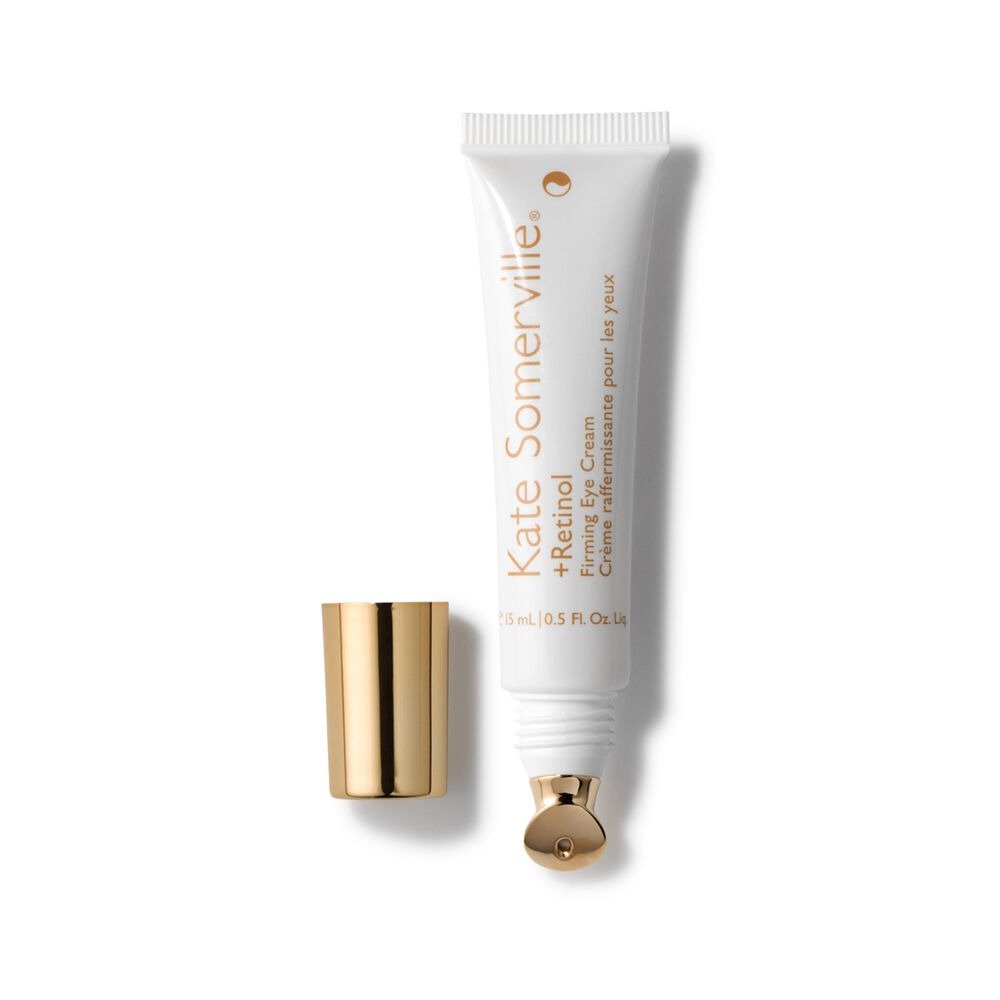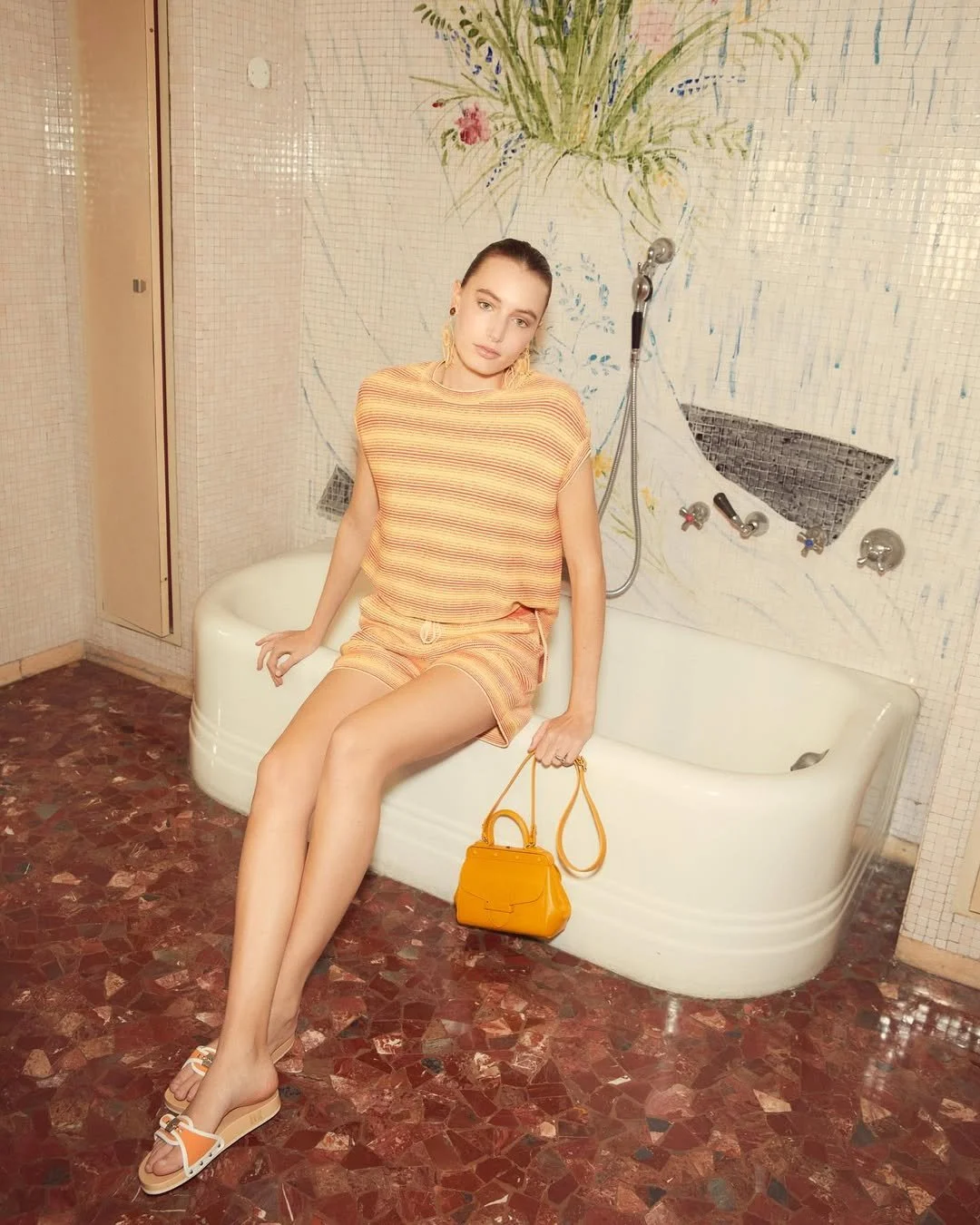The Ultimate Guide to Under-Eye Skin Care
Welcome to But More Importantly! Join us on Spotify and ensure you never miss an episode. Subscribe, leave a like, and comment with any questions or suggestions for future topics.
Today, we're discussing under-eye problems such as crêpiness, dryness, puffiness, and darkening. To effectively address these issues, we need to understand their root causes. Navigating the world of eye creams can be confusing, with high price tags and often overhyped products. It's essential to understand your specific problem and avoid unnecessary expenses.
Understanding Under-Eye Skin
Under-eye skin is unique for five reasons:
It is generally 0.5 millimeters thick, compared to the 1-2 millimeters on the rest of your face. This thinness makes it more susceptible to aging signs.
It produces less sebum due to fewer sebaceous glands, reducing its natural protection and leading to increased creasing as we age.
The under-eye area has less collagen and elastin, which diminish over time and contribute to fine lines and wrinkles' development.
There is increased vascularity, causing our blood vessels to expand and weaken, creating shadows underneath the eyes.
Increased sensitivity occurs because of the factors mentioned above, which can limit the range of products suitable for this area.
The most common under-eye concerns include dark circles, puffiness, fine lines and wrinkles, and dry, crepey skin. Genetics often plays a significant role in how we age, so consider your family history before investing in high-end creams.
Addressing Dark Circles
Two primary factors cause dark circles: pigmentation and vascularity. Lack of sleep, dehydration, and aging can exacerbate these factors. If pigmentation is your primary concern, and it's not due to genetic factors but has worsened over time, consider products Dr. Idriss’ Hyper Serum. It's packed with skin-brightening ingredients like kojic acid, arbutin, licorice root, and niacinamide, along with glycerin for hydration. While it's not specifically an eye cream, it moisturizes and can also be used in the under-eye area.
Combating Puffiness
Undeniably, under-eye issues aren't just limited to darkening. Puffiness or bags under the eyes are a common problem many individuals face. Factors contributing to this condition could range from lifestyle choices to aging. Essentially, the pooling of lymphatic fluid or the herniation of fat pads beneath your eyes are the usual suspects. Persistent puffiness often results from the latter, which isn't receptive to creams or topical treatments, and can only be rectified surgically, or with fillers under the right circumstances.
If the puffiness is a result of lymphatic fluid accumulation due to reasons like excessive crying, allergies, or indulging a little too much, certain products can help. For instance, Dr. Idriss’ The De-Puffer, incorporates Arnica, a potent anti-inflammatory that can reduce puffiness caused by fluid retention. It also contains Centella, which can alleviate redness. However, puffiness caused by herniated fat pads is beyond its scope. It's crucial to identify the root cause of the puffiness to address it appropriately.
Recently, a slew of products promising miraculous under-eye solutions have hit the market. 'Bye Bye Under Eye' from It Cosmetics at $40, Plexaderm, and 'Tint and Tighten' from CVS for about $41 or $42 are such examples. These are essentially film-forming agents that create a temporary skin tightening effect. Although they list hydrating ingredients, their effects are short-lived, especially if you layer makeup or moisturizer on top, which leads to cracking and creasing. While these products might be good for an occasional photo op, they are not long-term solutions.
Fighting Fine Lines and Wrinkles
Let's talk about fine lines and wrinkles. The under-eye area naturally lacks collagen, which leads to both of these. For over-the-counter treatments, look for ingredients that promote collagen production. Retinol is a reliable option, but it can irritate the skin. Therefore, it's better to opt for an eye cream specifically formulated with retinol. Lower percentages used consistently over time are more beneficial for the under-eye area than high-intensity, short-term usage. Alternatives to retinol that deliver similar benefits without irritating the skin are also available. For instance, Kate Somerville's retinol eye cream for $100 contains Granactive retinoid (hydroxypinacolone retinoate), an ingredient also present in Skinfix and The Ordinary.It also contains retinol's relative, bakuchiol, which offers similar benefits without the irritations. The product's metal applicator is particularly useful for eye use, thanks to its natural cooling effect that aids in reducing redness, vasodilation, and under-eye blood vessels.
Also, the Avocado Melt Retinol Eye Sleeping Mask from Glow Recipe is a great choice. Despite its thick consistency, it provides ample hydration along with retinol. It contains encapsulated retinol, which allows for a steady, gradual release rather than an immediate effect. However, they don't disclose retinol percentage which can be problematic for some.
Next up, we have Pure Retinol Eye Cream by Number Seven, blending retinol with ceramides to revitalize the skin's fatty layer. Those with hardier skin might even want to try a 0.025 prescription tretinoin, lightly applied over Vaseline.
When looking at fillers, choices heavily depend on personal anatomy and aesthetic preferences. It's vital to have faith in your medical provider's competence, as everyone's aesthetic sense varies.
Treating Under-Eye Dryness and Crepey Skin
Addressing under-eye dryness and crepey skin is critical. The skin in this region is thin and has fewer sebaceous glands, making it more likely to dry. Over-cleansing, allergies, long-term contact lens usage, and frequent rubbing could worsen these symptoms. Hydrating eye creams are important but don't require you to break the bank. Kiehl's Ultra Facial Cream is a good choice, and you can apply extra under your eyes. A useful trick, particularly during winter, includes applying Kiehl's or Vaseline, cutting a small strip of clingfilm, and letting it rest for roughly five to ten minutes while drying your hair. By the time you're ready for makeup, your under-eyes will be super hydrated.
I trust you'll find these tips beneficial. Feel free to drop any queries or thoughts below.























